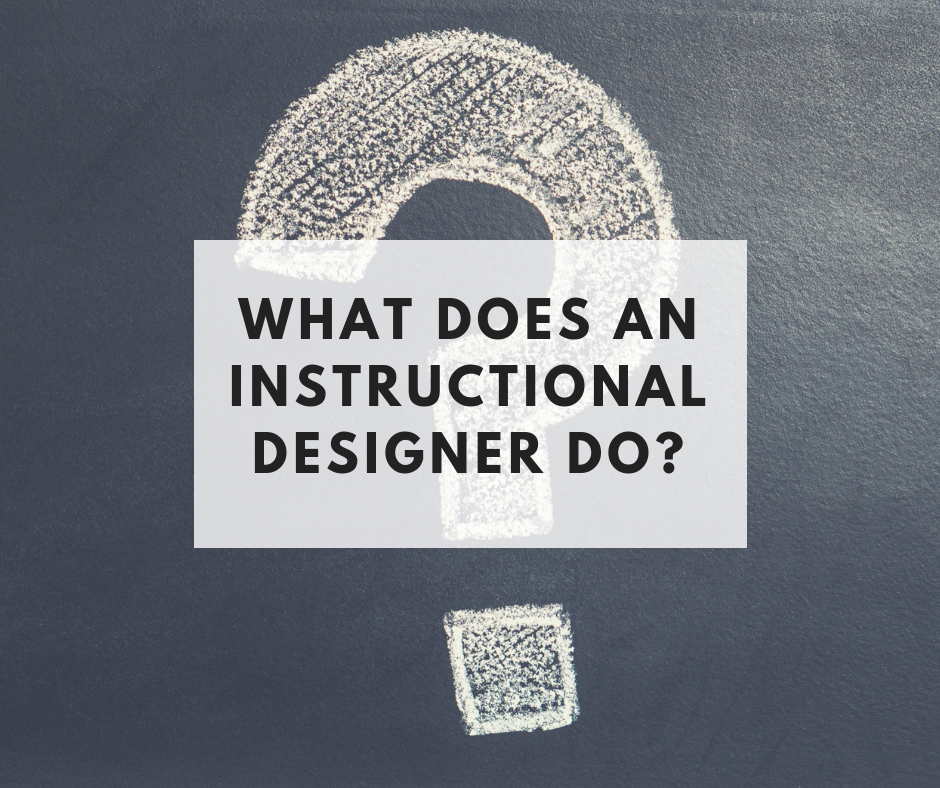What does an instructional designer do? As someone with a PhD in the field, it’s distressing how often I’m asked this question. I have a degree in a field most people don’t know exists. However, I’m far from alone. Christy Tucker has blogged for over a decade about her professional practice as a designer and her number one most popular post is from May 26, 2007, titled “What does an instructional designer do?” (sigh)
Therefore, it shouldn’t have been a surprise when I stumbled upon a Gates-funded report conducted in 2016 from those outside our field titled “Instructional Design in Higher Education – A report on the role, workflow, and experience of instructional designers.” While it’s eye-opening for those of us teaching students to be designers to see the role from a perspective outside the profession, it’s also odd I hadn’t seen this report before today. I pinged my network on a couple of Facebook groups to see if anyone was involved in preparing the report and I heard nothing but virtual crickets.
As far as the content of the report, I didn’t see any big surprises from the survey responses. 87% had masters degrees and 32% had PhDs. This tracks with the degree profile of Designers for Learning’s graduate students and other volunteers. Also, I’m not surprised that the number one obstacle that instructional designers in higher education face is a lack of faculty buy-in. I’ve long argued consulting skills are a central job competency. Our upcoming Digital Inclusion design challenge is focused on helping designers work on those skills.
Interestingly, AECT is not listed in the top conferences attended by the surveyed designers in higher education. However, this is something the Design & Development division is working to address. Also, I was surprised by items in the “Areas for further inquiry,” including, “Does a network of instructional designers exist? If not, how can one be established?” This was my first clue that no one from deep within our field was involved. These networks do exist, but the fact the question was raised at the end of this report tells us where we have work to do.
